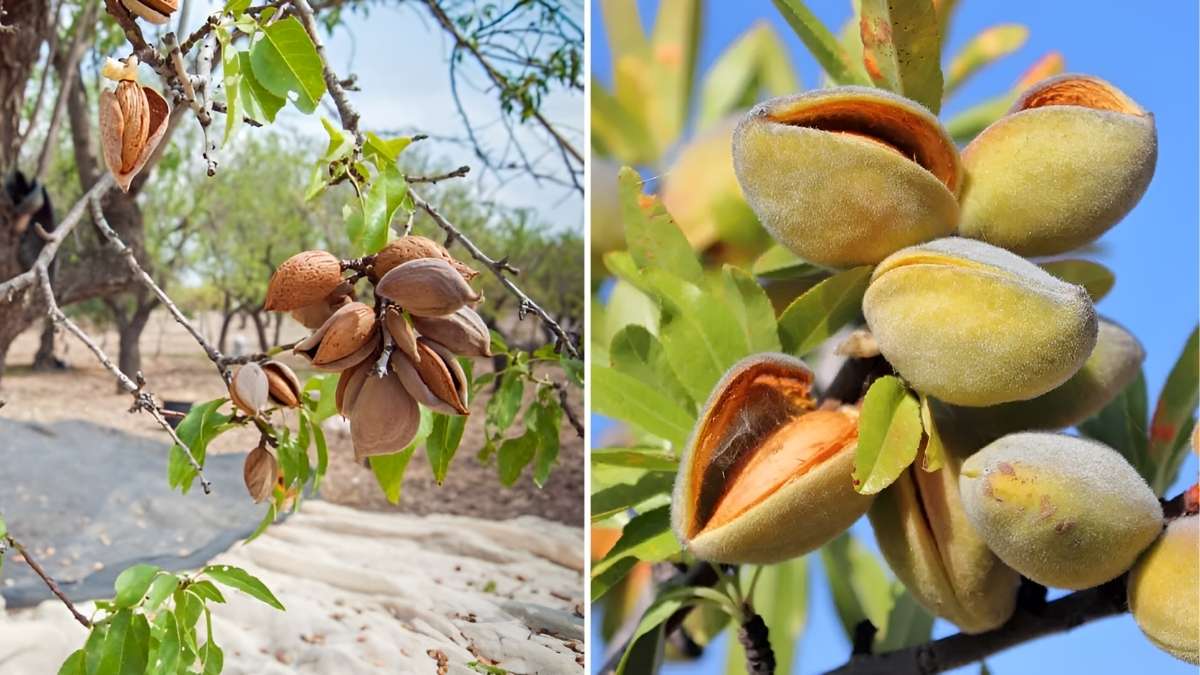If you’ve ever dreamed of growing your own almonds right in your backyard, you’re in the right place. Almond trees are not only beautiful but also rewarding, giving you tasty nuts and adding charm to your garden. But growing them at home takes a bit of know-how from picking the right variety to understanding care routines. Let’s walk through everything you need to know to grow healthy almond trees successfully.
What Exactly Is the Almond Tree?
An almond tree is a type of deciduous tree that produces almond nuts. Native to the Mediterranean and Middle Eastern regions, almonds are now widely cultivated worldwide. The tree thrives in warm climates and produces beautiful pinkish-white blossoms in spring, followed by edible nuts in late summer or early fall.
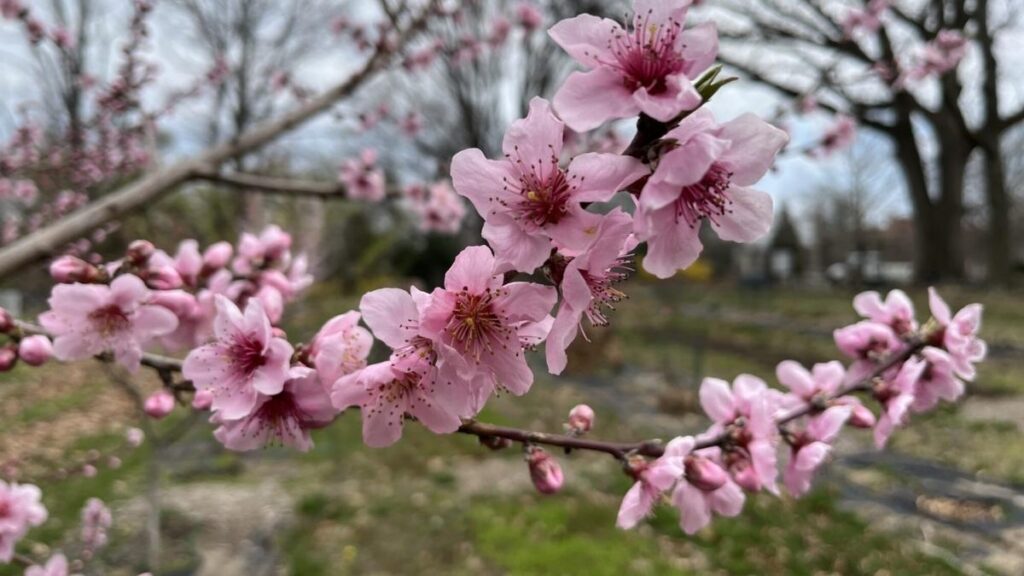
Key facts about almond trees:
- Typically grow 10 to 15 feet tall at home
- Require full sun and well-draining soil
- Can live and produce nuts for 25+ years with proper care
What Is the Best Time to Plant Almond Trees?
Timing is crucial for almond tree success. The best time to plant your almond tree is during late winter to early spring, just before the growing season starts. This allows the roots to establish before the heat of summer arrives.
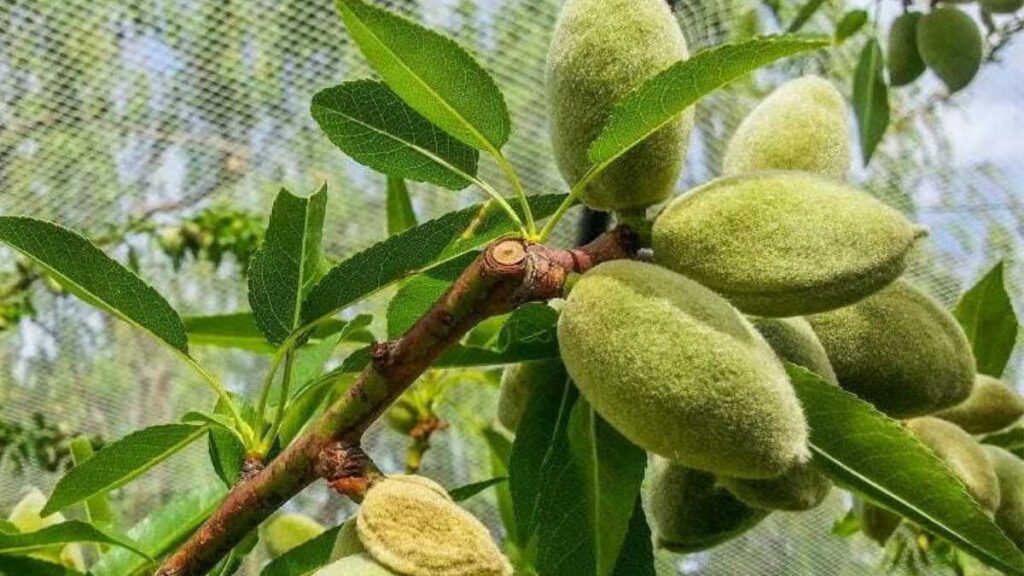
Why timing matters:
- Cooler soil encourages root growth
- Early planting leads to better establishment
- Avoid planting during frost periods
What’s the Ideal Location for Growing Almond Trees?
Location can make or break your almond harvest. Almond trees love sunny spots with well-draining soil. Avoid areas prone to waterlogging or heavy shade.
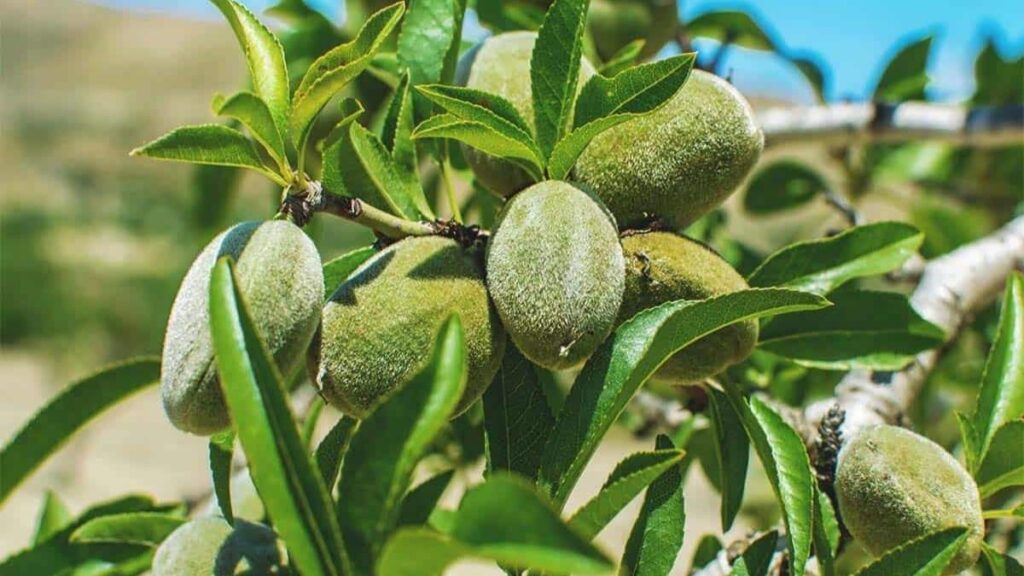
Look for:
- At least 6 hours of direct sunlight daily
- Sandy or loamy soil with good drainage
- Shelter from strong winds, which can damage blossoms
How IBR (Irrigation, Biology, and Root Care) Helps Almond Trees Thrive
Taking care of irrigation, soil biology, and roots (IBR) is key to healthy almonds. Proper watering, nurturing beneficial soil organisms, and root care all support growth.
Here’s how to manage IBR effectively:
- Water deeply but infrequently to encourage strong roots
- Use organic mulch to keep soil moist and enrich microbes
- Avoid overwatering to prevent root rot
What They Are Saying About Almond Tree Varieties
Not all almond trees are the same. There are several varieties to consider based on your climate and space.
Popular almond varieties for home growers:
- Nonpareil: Most common, sweet, and easy to grow
- Carmel: Late bloom, good for warmer climates
- Butte: Hardier and more drought-tolerant
Choosing the right variety affects yield and tree health.
What Is the Essential Care Routine for Almond Trees?
To keep your almond tree happy, follow a simple care routine. Regular pruning, watering, and feeding will promote growth and nut production.
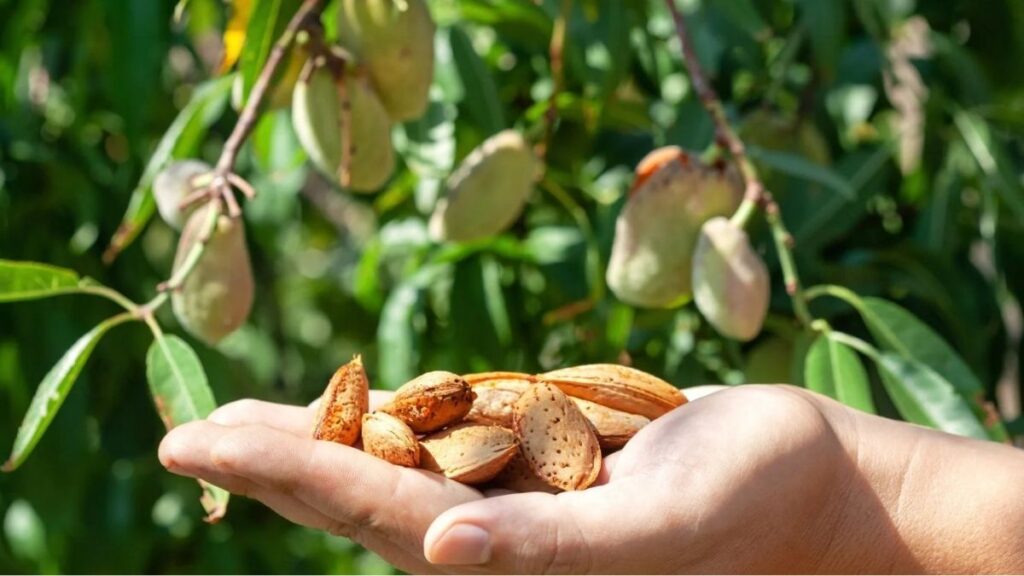
Essential care includes:
- Prune annually in late winter to shape the tree
- Apply balanced fertilizer in early spring and summer
- Monitor for pests like aphids and treat promptly
What Is the Harvesting Process Like?
Harvesting almonds at home can be very satisfying. The nuts are usually ready between August and October when the hulls split open.
Steps to harvest:
- Shake branches gently or pick nuts by hand
- Remove the outer hull to reveal the almond shell
- Dry nuts for a few days before storage
What Exactly Is the Benefit of Growing Almond Trees at Home?
Growing almond trees at home comes with several benefits beyond just fresh nuts.
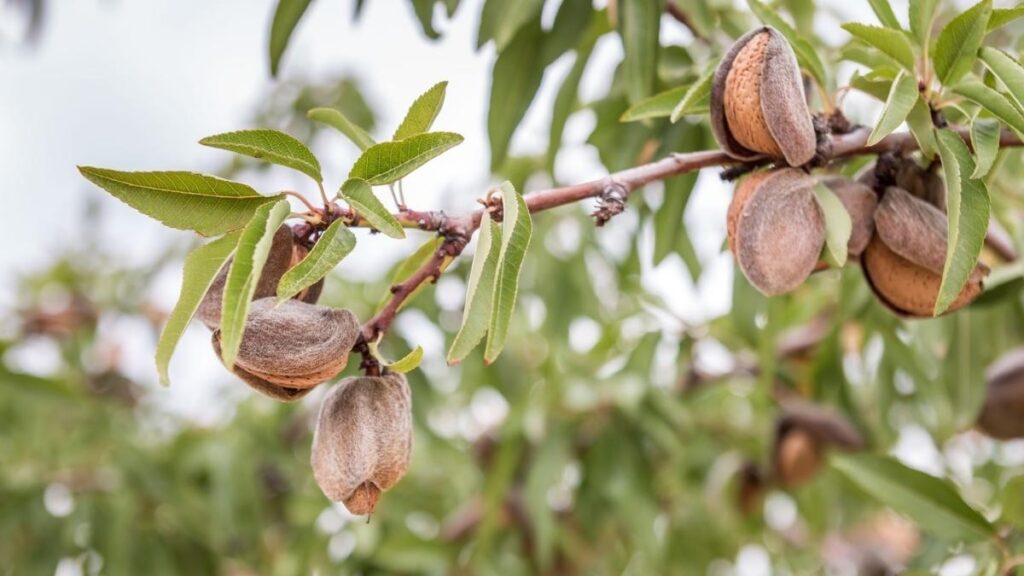
Benefits include:
- Fresh, organic almonds without pesticides
- Adds beauty and shade to your garden
- Supports local wildlife like bees and birds
- Can increase property value
Conclusion
Growing almond trees at home is a rewarding project that combines patience with care. By understanding what almond trees need from the best planting time to proper care you can enjoy fresh almonds right from your backyard. Pick the right location, manage irrigation carefully, and choose the best variety for your climate to maximize your success. With the right steps, your almond tree will thrive for years to come.
FAQ
When is the best time to plant almond trees?
Late winter to early spring is ideal to help roots establish before hot weather.
What kind of soil do almond trees need?
Well-draining sandy or loamy soil with good fertility works best.
Why do almond trees need full sun?
Full sun helps with photosynthesis and promotes strong nut production.
How often should I water my almond tree?
Water deeply about once a week, adjusting for rainfall and soil moisture.
Can almond trees grow in cold climates?
They prefer mild, warm climates but some varieties tolerate light frost with protection.
